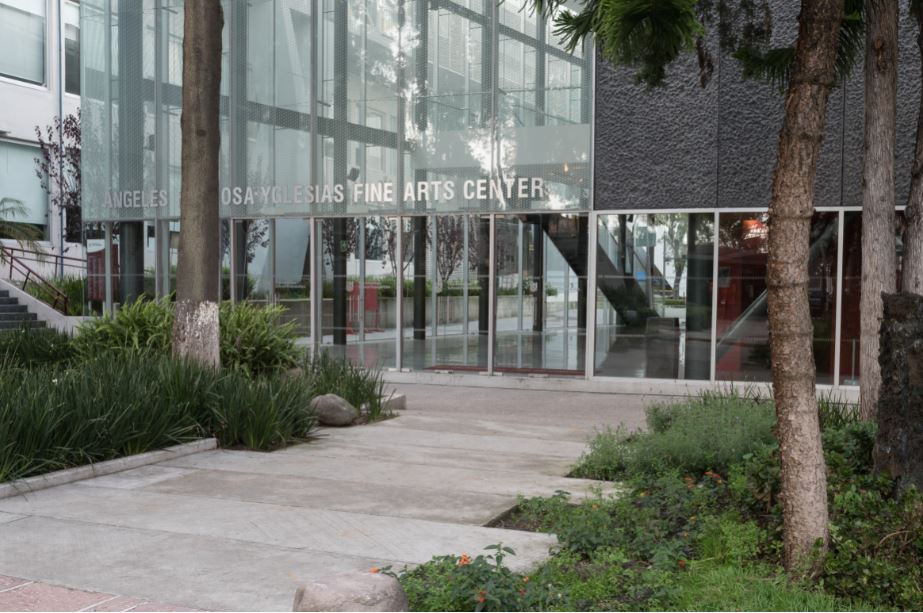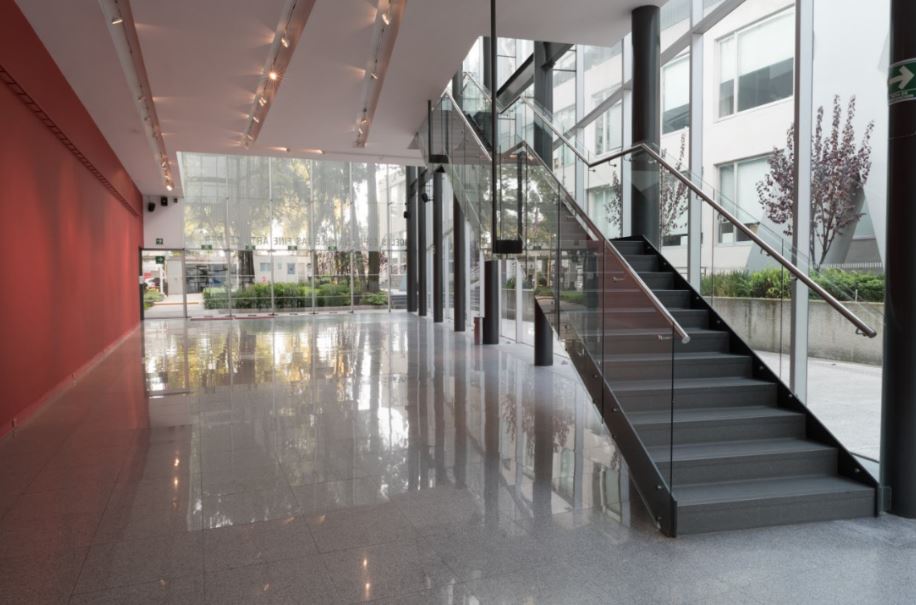Filter Categories
TODOS
CERTIFICADO
ORO
PLATA
PLATINO

100% reduction in water used for green areas irrigation, 100% of indoor spaces are smoke-free, 100% of occupied spaces have air renewal, 67% reduction in indoor potable water use, 30% reduction in rainwater runoff, 22% of vegetated areas, 14% savings in energy consumption (cost-based) of the building.
The building has energy savings of 14.4%, compared to a base building according to the ASHRAE 90.1 2007 standard. The building’s thermal comfort is provided by a passive cooling system, taking advantage of Mexico City’s weather conditions. The architecture of the building reduces external thermal loads by installing a vegetated roof and an efficient facade. The predominant north wind enters the building and circulates through it due to the interiors’ double heights. With this system, the energy consumption of the mechanical air conditioning and ventilation equipment were practically eliminated.
15% reduction in the installed load for lighting was achieved due to the selection of energy-saving luminaires both indoors and outdoors. In addition, occupancy sensors were installed in toilets, dressing rooms, classrooms, and teachers’ offices.
The project demonstrated compliance with the ASHRAE 62.1-2007 standard, which sets minimum ventilation rates for acceptable indoor air quality. This improves air quality and promotes occupants’ comfort, well-being, and productivity. In the teachers’ offices there is a mechanical ventilation system with fresh air injection above the minimum rates required in the ASHRAE 62.1-2007 standard, avoiding concentration of pollutants in the air. Classrooms, fields, fitness center, spinning rooms, and hallways have natural ventilation through operable windows and feature an architectural design which includes openings in strategic locations to allow air circulation. To verify that the natural ventilation rates were adequate and in compliance with the standard, a Computational Fluid Dynamics simulation (CFD) was carried out. The classrooms have special walls and ceilings finishes to ensure good acoustic performance.
The landscape design of the building’s roof is consists entirely of succulent or crass plant species with low water requirements, so there is no need for a permanent irrigation system and minimal maintenance is given in prolonged periods of drought in the area. The building has water-saving fixtures and fittings: sinks, showers, and low-consumption toilets, and dry urinals. The use of these strategies generates savings of 37% in potable water use. In addition, with the reuse of rainwater in toilets, the saving in potable water consumption reaches 67%. All the wastewater generated in the building is directed to the school’s wastewater treatment plant (WTP), where it is treated to tertiary standards to be reused throughout the campus for green areas irrigation.
The building has containers for recyclables storage: paper, PET, cans, cardboard, newspaper, and tetra pack. The waste is separately carried to the general collection area on campus. During the construction of the project, 60.98% of the total waste generated was diverted from landfill and sent to recycling processes. The steel used for the building’s structure was specially selected for its recycled content; the concrete used, the facade materials, glass, and aluminum are considered regional, as they were extracted and manufactured within 800 km from the building. These measures reduce the CO2 emissions associated with raw and building materials transportation.
Sustainable Sites
Water Efficiency
Energy and Atmosphere
Materials and Resources
Interior Environmental Quality
Innovation
Regional priority

The building is located within the ASF campus, and some of the pre-requisites and credits for LEED certification were implemented at campus level. The campus is in an area with pedestrian access to several services including banks, restaurants, pharmacy, hospital, church, and supermarkets, promoting sustainability in the community by reducing the need of a car. The campus is located within 800 meters from the Observatorio metro station, where line 1 runs, as well as within 400 meters from several bus stops on Observatorio Avenue. This represents an alternative for people working at ASF to reduce personal car use, also helping to reduce air pollution. Excluding a few parking spaces for people with disabilities, all parking is located underground. This contributes to reduce the heat island effect, a phenomenon that occurs in cities when solar radiation is absorbed in materials such as concrete, asphalt and dark-colored finishes on building roofs and paved areas. In addition, the Jenkins Foundation Wellness Center building has a vegetated roof which helps to further reduce the heat island effect. 20 exclusive parking spaces for low-emitting and fuel-efficient vehicles are provided. The location of these parking spaces is preferential; they are the closest to the parking exit leading to the Jenkins Foundation Wellness Center and the rest of the campus’ buildings. The entire campus has a waste management system which allows for the reuse and recycling of paper, PET, cans, cardboard, newspaper, and tetra pack.